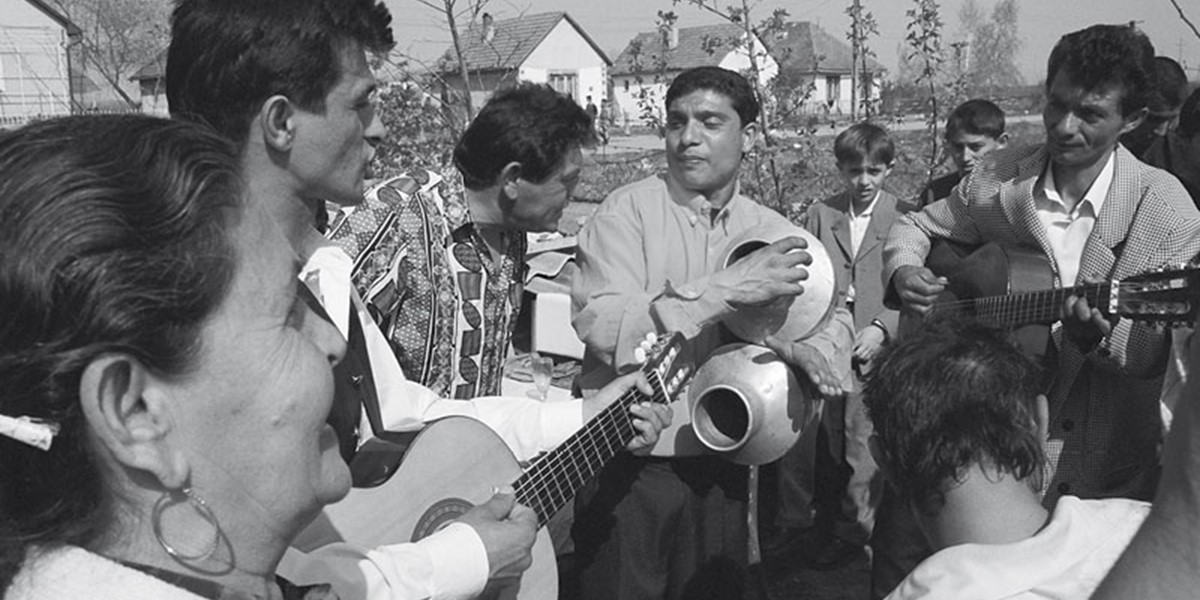Tuesday, July 17, 2018
The Rough Guide to World Music: Hungary
Simon Broughton introduces the music of Hungary, a country of ten million people with a strong musical profile

Parno Graszt (Simon Broughton)

Register now to continue reading

Thanks for visiting the Songlines website, your guide to an extraordinary world of music and culture. Sign up for a free account now to enjoy:
- Free access to 2 subscriber-only articles and album reviews every month
- Unlimited access to our news and awards pages
- Our regular email newsletters

